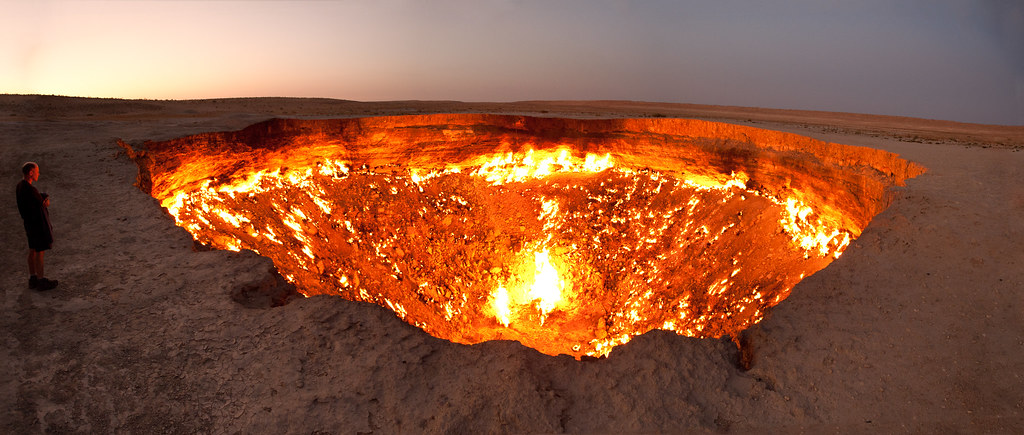If someone picks up a newspaper in China, there's a good chance it contains some government propaganda masquerading as news, according to a new study co-led by a University of Oregon expert.
Hannah Waight , an assistant professor of sociology at the UO, and her collaborators found that the use of state-planted propaganda is on the rise in China. And it's not just a tool for spreading ideological content. It's also used to control and constrain other kinds of information beyond political ideals, including natural disaster and public health reporting in China, according to the researchers' findings.
"On particularly sensitive days, up to 30 percent of major newspapers' content in China is planted by the state," Waight said. "The use of propaganda crowds out independent reporting and delays information during crisis events like earthquakes and the early days of the COVID-19 epidemic."
The study reports that state-scripted propaganda on newsstands is a near-daily phenomenon in China, with some form of scripted propaganda in the news around 90 percent of days. And, on average, at least one front-page article in party newspapers is planted by the state, which has grown fourfold over the course of a decade.
The research was published in March in the journal Proceedings of the National Academy of Sciences. Waight co-led the paper with Yin Yuan, recent doctoral graduate from the University of California, San Diego and co-authors Margaret Roberts, a political science professor also at the UC San Diego and Brandon Stewart, a sociology professor at Princeton University.
Autocratic governments have long used propaganda campaigns to influence the media, Waight said, but they are difficult to identify. So the researchers used an innovative new method of measurement that can more effectively capture propaganda in China.
The researchers developed an approach that could identify instances where newspapers followed propaganda "scripts" from the government or were coerced into covering something in a specific way. The research team applied this formula to millions of newspaper articles over the course of the decade from 2012-22, which is aligned with President Xi Jinping's authoritarian consolidation of power.
They validated their method by comparing their findings to leaked documents, which they obtained from China Digital Times, a U.S.-based nonprofit media organization. The leaked documents contained directives from the government about what newspapers should print. Their side-by-side analysis confirmed that their approach was accurately identifying propaganda.
While propaganda is a well-studied phenomenon, Waight said their research adopted a more expansive definition of what propaganda entails, to include more than ideological content.
By examining the processes the Chinese state uses to intervene in the media environment, Waight and colleagues discovered that state scripting covers a much broader range of topics than might be expected. They supported that evidence by turning to two case studies to showcase how propaganda goes beyond the ideological. One looked at earthquakes and the other looked at COVID-19 coverage.
They decided to look at earthquakes because they've become a sensitive issue for the Chinese government in the wake the 2008 Sichuan earthquake, which resulted in nearly 90,000 casualties and the loss of millions of homes. The government faced intense scrutiny and allegations that failing public infrastructure and construction contributed to the massive devastation.
Because entities like the United States Geological Survey collect geological data that tracks the instances and severity of earthquakes, the researchers were able to compare a reliable dataset against how the media has covered more serious earthquakes since 2012.
They found that earthquake coverage has declined, and when news outlets do report on earthquakes they have increasingly used government scripts in their stories.






